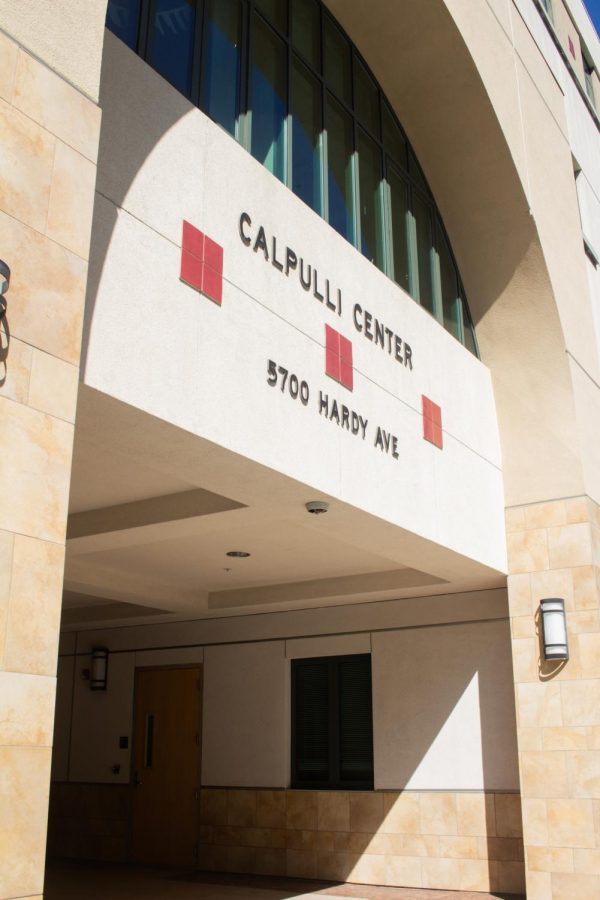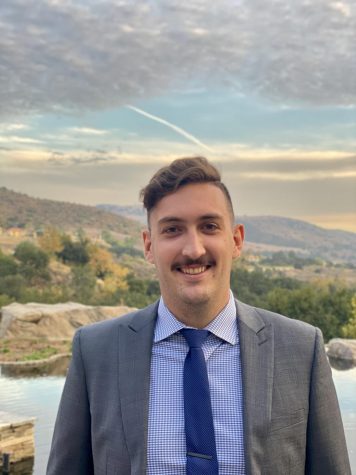The news of 12 vaping-related casualties coming out of the Centers for Disease Control and Prevention has many people worried about their use of e-cigarettes, or vapes, SDSU students included.
According to the most recent CDC data, 805 lung injury cases have been reported from 46 states and one U.S. territory. This is along with 12 vaping-related deaths in 10 states that have been confirmed. Of the confirmed cases, 22 lung injuries occurred in San Diego County and two of the deaths happened in California.
Concerns surrounding e-cigarette and vape use have seen a sudden rise in the past several weeks as more information from the CDC is released and the possibility of a federal ban on flavored nicotine products is discussed in Washington. However, several cities and counties are moving to enact bans of their own.
Most recently, San Diego County Supervisors Dianne Jacob and Nathan Fletcher proposed a temporary ban on vaping devices and flavored tobacco products, citing the mysterious nature of the current outbreak and the ongoing CDC investigations.
To combat nicotine addiction and tobacco use, San Diego State enacted a smoke and tobacco-free campus policy in 2014, though many faculty and staff can remember a time when cigarette and vape smoke was prominent on campus.
The 2014 policy drastically changed campus for the better, according to Well-Being & Health Promotion’s Director of Alcohol and Other Drugs Initiatives Dr. James Lange.
“It’s hard to imagine now because it’s been a couple of years, but there used to be quite a bit of smoking on campus,” Lange said. “Today, you’ll see occasional smokers, but it’s nothing like what we were seeing before.”
According to data from the California Department of Public Health, 14.6%, or approximately four million California adults reported some use of tobacco. Of those, 10.1% smoked cigarettes and 3.1% used electronic smoking devices.
Counseling & Psychological Services Director Dr. Jennifer Rikard pointed out that Southern California has continually seen a decrease in the number of people using tobacco, though she shared concerns about how the rise of vaping and e-cigarettes could change that.
“Southern California has had quite low rates of smoking for so long and vaping has come in, and I think, changed people’s perceptions around it being really bad,” Rikard said.
One of the things Lange and Well-Being & Health Promotion have been addressing is the role high school tobacco use plays into continued use in college.
According to the same public health data, in 2018, one in eight California high school students reported using a tobacco product. The majority of them, 84.3%, use electronic smoking devices and 86.4% reported using flavored tobacco products.
There are several resources available to SDSU students to quit smoking. The most commonly used one is the Tobacco eCHECKUP TO GO Program, a computer-based survey that helps users evaluate their tobacco use habits and make changes.
According to Rikard, Counseling & Psychological Services also offers individual smoking cessation programs and is active in promoting healthy habits through on-campus outreach and presentations.
“We do so much work around helping students become empowered to make a healthy change in their life,” Rikard said. “Most students are moving towards health. Many people will stop smoking on their own but we can sort of assist in that.”
Students with any concerns about their health are encouraged to visit Student Health Services, and call 911 if it is an emergency.










